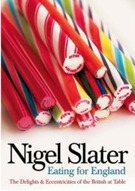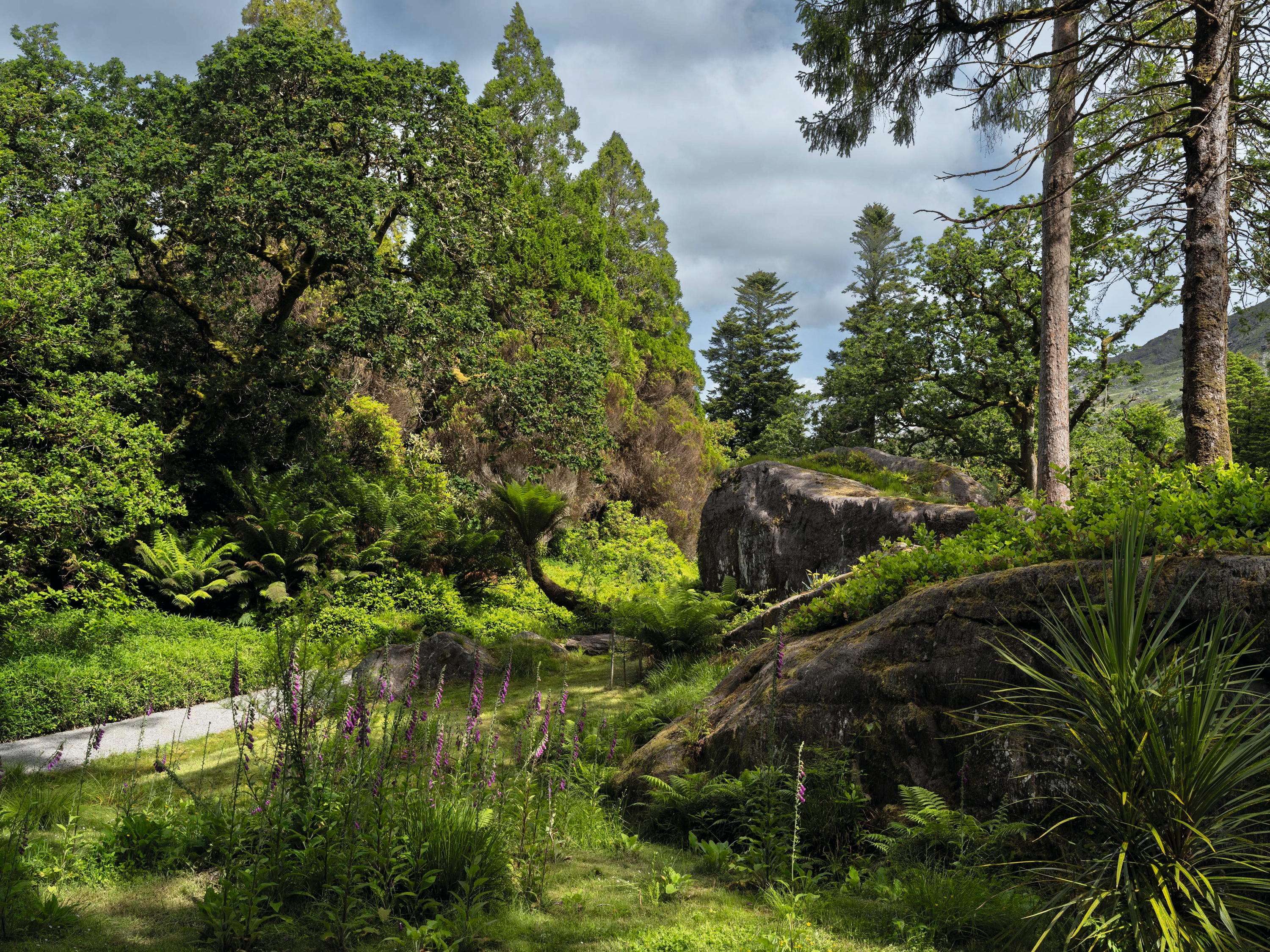Book review: Eating for England
Jane finds Nigel Slater's new book the perfect companion for an autumn evening's reading.


Finally, we're beginning to hit that time of the year when the mind doesn't turn to mists and mellow fruitfulness, but to stews, steamed puddings and all manner of stodgy warming goodness. And the hand turns to the cookery books on the shelf for inspiration.
To be honest, that's all the cookery books on my shelf get used for, that or propping the door open. I cook so infrequently that I wouldn't be surprised if the oven door had healed over (I probably should thank Joan Rivers for that line as it sounds so much like her). But I do like to watch people cooking and to peruse through what's known in our house as 'food porn' – that oh so enticing looking roast chicken or that sinfully dripping chocolate cake.
One of my favourite books this year that I've dipped into and drooled over time and again is Nigel Slater's The Kitchen Diaries: A Year in the Kitchen. There's no real need to describe what it's about – it does what it says on the cover – but it's Nigel's writing that I find as enjoyable as the pictures. It's a very realistic book – he's totally honest about what he really ate rather giving us what he wants us to think he eats. So there are entries about fish-finger sandwiches and the evening he drank too much wine so had a bag of crisps. But there are also recipes for the adventurous and for the culinarily confused, and, at its heart, it's a celebration of the local and seasonal.
I also loved Toast, his autobiography of sorts. Interwoven with his quite Gothic upbringing are observations about the food he loves and hates and how the mention of them can take you back to a particular time. It's a trick he uses again to excellent and entertaining effect in Eating for England: The Delights and Eccentricities of the British at Table in which he explores how we've been shaped by the food we eat as a nation.
Each of the sections is very short, so it's easy to dip in and out of. But I really don't recommend you read it when you're hungry (or even peckish) as you'll want the various sweets (making you feel like a kid again), biscuits, cakes and other assorted goodies. Along the way you'll learn such indispensable things as:
* The real origins of jelly babies as Peace babies after the First World War. And did you know they all have names now? Bumper (orange), Bubbles (lemon), Boofuls (lime), Bigheart (blackcurrant), Brilliant (raspberry) and Baby Bonny (strawberry). Someone needs to get out more!
* The Fray Bentos pie is named after a village in Uruguay
Sign up for the Country Life Newsletter
Exquisite houses, the beauty of Nature, and how to get the most from your life, straight to your inbox.
* The majestic stalwarts of the British sweetshop were all invented in just seven years, between 1930 and 1937 (look away now if you're addicted) – the Mars Bar, Black Magic, Aero, Maltesers, Quality Street, KitKat, Rolo, Crunchie, Cadbury's Wholenut and Smarties
* There used to be such a thing as a muffin worry (not that they're burnt, but a gathering where you could sort out the gossip and worries of the day).
Delicious, with zero fat and almost no calories (if you're good and don't reach for the biscuit tin).
Country Life is unlike any other magazine: the only glossy weekly on the newsstand and the only magazine that has been guest-edited by HRH The King not once, but twice. It is a celebration of modern rural life and all its diverse joys and pleasures — that was first published in Queen Victoria's Diamond Jubilee year. Our eclectic mixture of witty and informative content — from the most up-to-date property news and commentary and a coveted glimpse inside some of the UK's best houses and gardens, to gardening, the arts and interior design, written by experts in their field — still cannot be found in print or online, anywhere else.
-
 Everything you need to know about private jet travel and 10 rules to fly by
Everything you need to know about private jet travel and 10 rules to fly byDespite the monetary and environmental cost, the UK can now claim to be the private jet capital of Europe.
By Simon Mills
-
 'I'd willingly give a year of my life for a fortnight there': The green dream that is the garden of Derreen
'I'd willingly give a year of my life for a fortnight there': The green dream that is the garden of DerreenExotic woods, labyrinths of narrow, mossy paths and thousands of tree ferns make this an internationally important garden, writes Charles Quest-Ritson. Photographs by Jonathan Hession.
By Charles Quest-Ritson